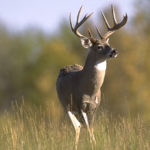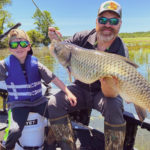Wisconsin held its first bowhunting season in 1934. It lasted five days, attracted 40 archers, protected antlerless deer, covered only Sauk and Columbia counties, and produced one kill: A buck arrowed by a Chicago bowhunter named Bill Ostlund.
Things sure have changed. Wisconsin’s 2021 bowhunting season will last 114 days and attract about 200,000 archers. It also offers either-sex/any-age deer, covers the entire state and, as of Nov. 1, produced a statewide harvest of 19,119 deer for those using recurves, longbows and compound bows. If you include the crossbow kill, those numbers jump to 52,202 statewide.
But when it comes to Wisconsin bowhunting’s creation story 87 years ago, few people mention the 1934 season. Even fewer could name the two counties where it occurred. And virtually no one outside of the Wisconsin Bowhunting Hall of Fame in Clintonville would credit Bill Ostlund with the ’34 season’s lone kill.
Most folks with a modest grasp of Wisconsin’s bowhunting history would probably credit that buck to Racine’s Roy Case, the father of Wisconsin bowhunting. Either that, or they might credit it to the University of Wisconsin’s fabled wildlife professor Aldo Leopold, who took part in the hunt. They might even take a wild guess and say Fred Bear, who helped Wisconsin’s early bowhunters persuade lawmakers to create its separate season for archers.
But Bill McCrary, 77, of DeForest wouldn’t make such mistakes. McCrary began bowhunting in 1957, and is the state’s unofficial bowhunting historian. His book, “The History of Wisconsin Bowhunting: 1930-2016” covers the origins of our bowhunting heritage, including the nation’s first bowhunting organization, the Wisconsin Bowhunters Association.
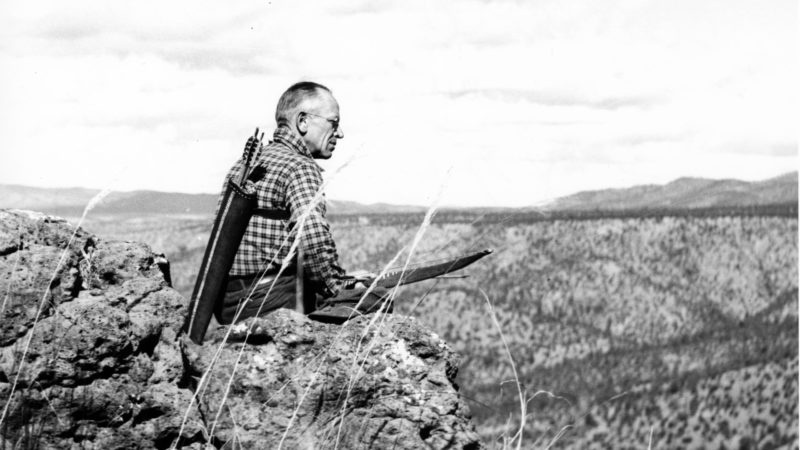
Even though Roy Case, 1888-1986, didn’t arrow the first deer killed during Wisconsin’s official archery season, he was the first modern-era bowhunter to kill a Wisconsin deer with a bow and arrow. That happened four years earlier on Dec. 6, 1930. McCrary said Case and his friend Len Stoneman received written permission from the state’s chief game warden, Harley McKenzie, to use their homemade bows, arrows and broadheads to hunt deer during that year’s firearms season, which ran Dec. 1-10.
After Case’s success, he worked with several now-legendary archers to persuade lawmakers to create a separate bowhunting season. Case’s collaborators included Leopold and Bear, an archery-industry pioneer from Michigan; and Larry Whiffen, an archery-industry leader and promoter from Milwaukee.
In McCrary’s latest book, “Roy I. Case: Wisconsin Bowhunting Legend,” McCrary notes that Case can also claim some credit for Ostlund’s success in 1934. Case and Ostlund were friends, and Ostlund was hunting from Case’s camp.
McCrary’s book on Case details his profound impact on Wisconsin’s bowhunting history. Case’s family let McCrary explore their patriarch’s memorabilia, including his journals, photos and notebooks; and a trove of his handmade bows, arrows and broadheads. Those tasks weren’t small, given Case’s nearly eight decades as a skilled bowyer, bowhunter, competitive archer, and archery craftsman.
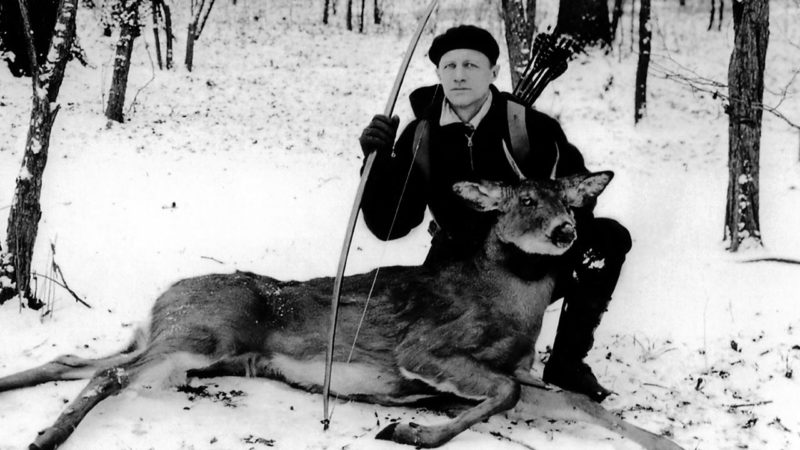
McCrary — a master compiler, organizer and list-maker — is also a good storyteller who recognizes details and nuance that escape most people. For instance, those familiar with bowhunting history likely recognize a famous photo of Case with his 1930 Vilas County spike buck.
But when McCrary examined long-untouched cards, letters, paperwork, newspaper clippings, and black-and-white photos piled inside a tattered cardboard box, he found two unfamiliar photos of the famous buck.
One was a vertical photo of Case with the buck’s head/neck in Racine at the rear door of Herlet’s Market, which processed the deer for him. The other photo was taken at Racine’s Washington Park at the same site as the iconic horizontal picture, which shows Case kneeling behind the buck, full quiver on his back, longbow in his right hand, and the buck’s neck and head held knee-high with his left hand.
The “new” Washington Park photo, however, shows Case kneeling just left and slightly behind his buck, and holding the arrow with his left hand to show his homemade “Kiska” broadhead. Only true nerds and geeks of bowhunting lore appreciate such finds, and McCrary qualifies. His book includes all three photos.
“Talk about buried treasure!” McCrary wrote. “Wisconsin bowhunters had marveled for years at the state’s first ‘grip-and-grin’ deer photo, but no one realized there were others!”
McCrary said a Racine newspaper photographer took all three photos. Case had tried photographing the buck before leaving Vilas County days before, but that camera malfunctioned in the Northwoods’ arctic air.
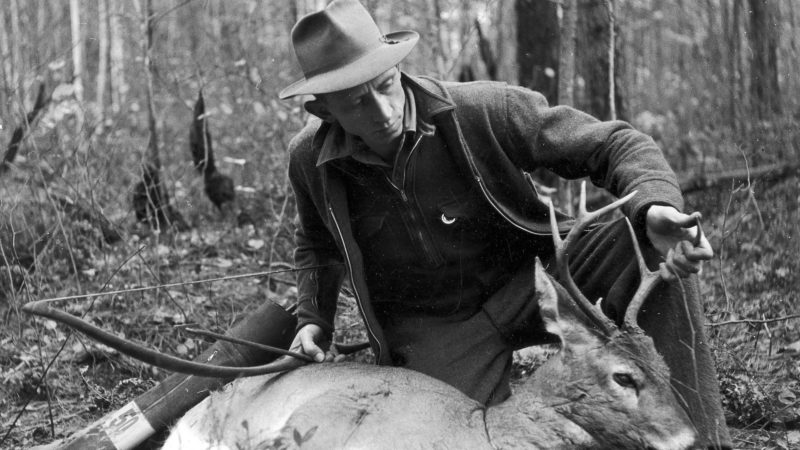
Case’s famous bow-kill followed a bad start to that 1930 deer season. McCrary wrote: “Case and (Stoneman) were on stands in a narrows between two lakes. … When five firearms hunters came through, they spied Stony and gave him a hard time about hunting with a bow and arrow. The conversation was one-sided and not the friendliest. The ridicule confirmed what Case and Stony feared most: Not everyone was willing to share the woods with bowhunters. Case later wrote, ‘After this, Stony and I decided it was just as necessary to hide from hunters as the deer.’”
Case’s luck changed on the season’s sixth day, with temperatures hovering near zero. He heard deer crashing toward him, and soon saw a deer passing broadside at 15 yards. When it turned to run straight away from him, Case saw its spike antlers.
“At 20 yards I let fly and hear the never-to-be mistaken ‘ka’ as steel hit flesh,” he said in a 1950 magazine article. “One jump and the buck is out of sight in the thick woods.”
Case and Stoneman easily followed tracks and frozen blood specks in the snow. McCrary wrote: “They had hardly begun tracking it when Stony looked ahead and said, ‘There he is. Stone dead.’ The buck lay not 50 feet from where it had been hit! … The arrow struck the deer from behind, passed through the stomach and lungs to pierce the heart, and then pushed through the front of the chest. The buck probably lived only seconds after being hit.”
McCrary said he wrote this book because it’s important for bowhunters to know Case’s pioneering impact on bowhunting and its gear. He said the book’s initial print run is nearly depleted because he gave copies to exhibits, the Wisconsin Bowhunting Hall of Fame, and fellow bowhunting historians and broadhead collectors.
“Roy Case’s story needs to be heard,” McCrary said. “I feel fortunate I was able to find so much information and materials that few people knew existed, and package it in one place.”

 By
By 
